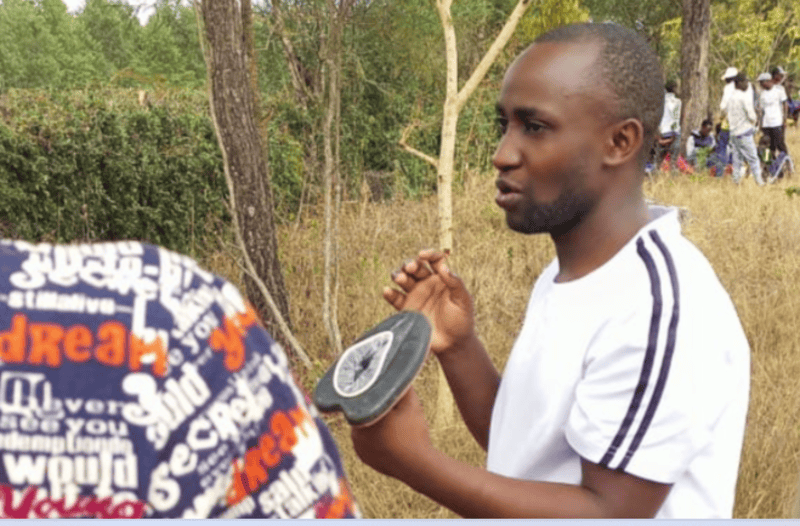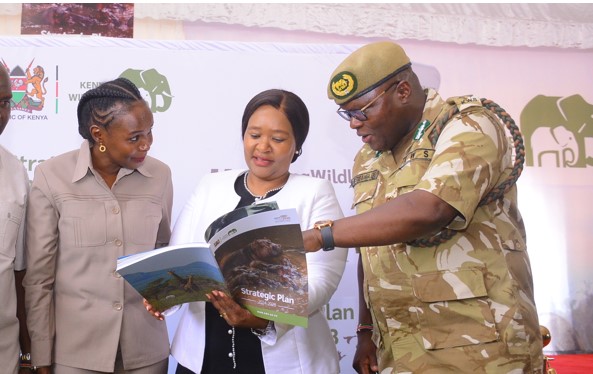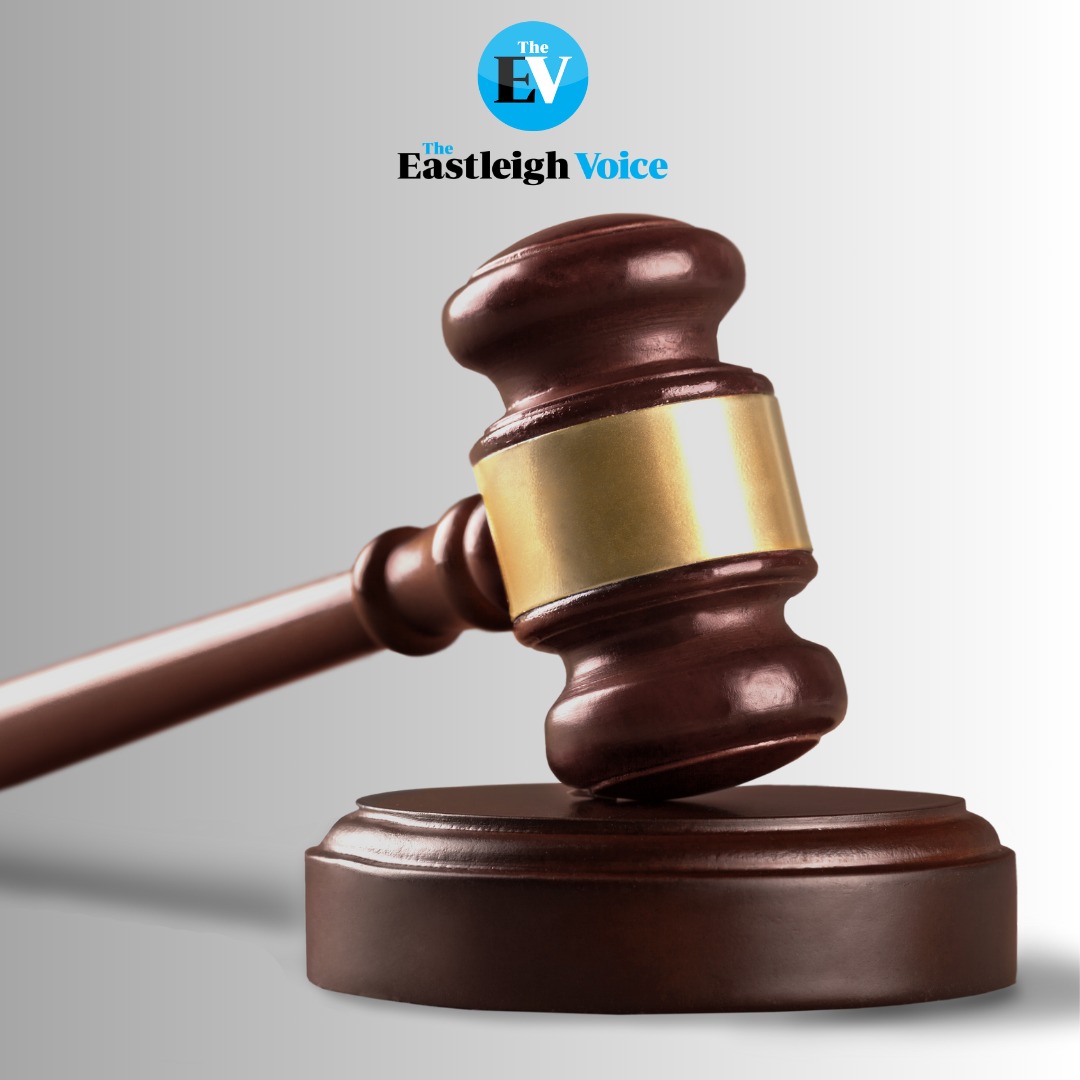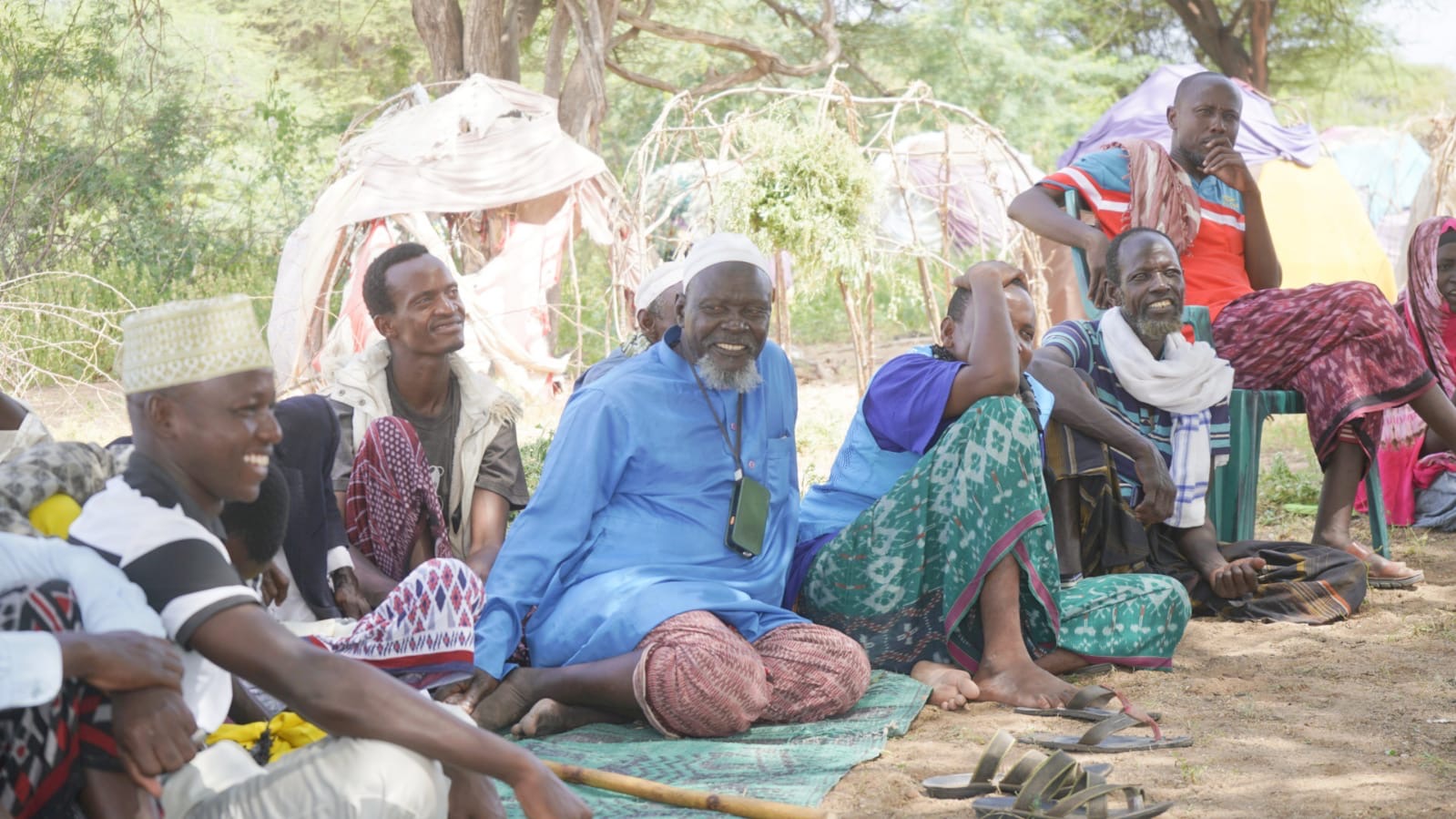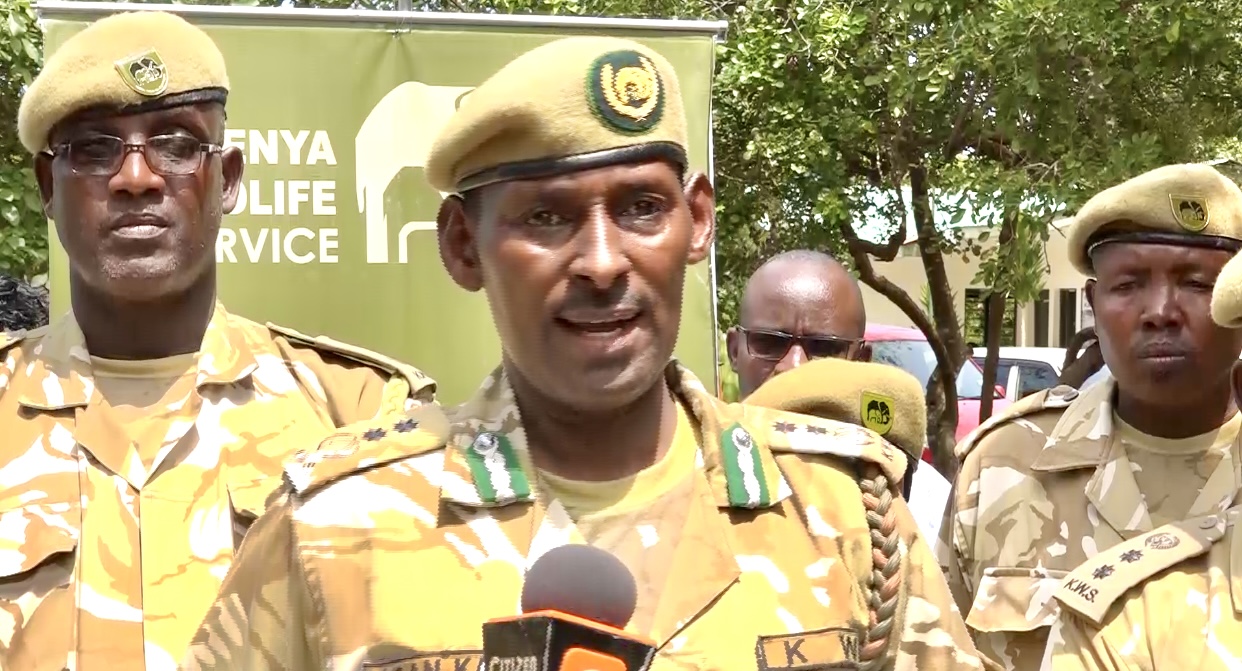Book exposes colonial dynamics at the heart of wildlife conservation

By Barack Oduor |
To colonisers, Africa has been a “wild and uncontrollable environment”, home to species that can be admired (or shot) from afar.
The growing number of wildlife conservancies in northern Kenya has often raised the question of their viability regarding land rights, in a way that has pitted their establishments against residents.
The Big Conservation Lie, a book by Dr Mordecai Ogada, a professional conservationist, sets out his concerns about the dominant conservation narrative.
Keep reading
- Kenya to use assisted reproduction in bid to save northern white rhino from extinction
- Counting Uganda’s lions: We found that wildlife rangers do a better job than machines
- Relief for human-wildlife conflict victims as government starts compensation
- Ruto hails community, private conservancies for transforming Kenya's wildlife economy
Ogada, together with John Mbaria, a Kenyan journalist, present a powerful challenge to the prevailing conservation narrative.
The Big Conservation Lie is written by people who are actually from one of the Big Conservation’s key target countries. It dismantles many of the environmental movement’s most troubling myths: the pristine wilderness “untouched by human hands” until European arrival; the supposed lack of interest or expertise in wildlife among native conservationists and communities; and the idea that brutal poaching would be endemic without foreign intervention, among others.
The writers sum up the essence of their argument early on: “The wildlife conservation narrative in Kenya, as well as much of Africa, is thoroughly intertwined with colonialism, virulent racism, deliberate exclusion of the natives, veiled bribery, unsurpassed deceit, a conservation cult subscribed to by huge numbers of people in the West, and severe exploitation of the same wilderness conservationists have constantly claimed they are out to preserve.”
Conventional narrative
To colonisers, Africa is and always has been a “wild and uncontrollable environment” – home to “charismatic” species that can be admired (or shot) from afar.
 The cover of the book The Big Conservation Lie by Dr Mordecai Ogada and John Mbaria. (Photo: Handout)
The cover of the book The Big Conservation Lie by Dr Mordecai Ogada and John Mbaria. (Photo: Handout)
The conventional narrative has generally suggested that only European and American experts can tame or protect wildlife. The authors argue that this has given Western NGOs such as the Wildlife Conservation Society (WCS) enormous power.
It has also created space for white “saviours” such as George Adamson, Jane Goodall, and Iain Douglas-Hamilton to step in and be seen to make a decisive difference. There’s no place for Africans in the picture.
Ogada and Mbaria target some of conservation’s most sacred cows.
George Adamson, for example, the white British subject of the 1966 film “Born Free”, is exposed as a chancer, a failed businessman who accepted conservation donations, despite being a trophy hunter with next to no conservation expertise.
Much of the authors’ scorn is reserved for the Kenya Wildlife Service (KWS). Though it presents itself as a conservation organisation, the true face of this “service” is revealed. According to them, KWS is composed mostly of retired soldiers and mercenaries, heavily armed and organised much like a militia.
As the authors point out, the KWS receives funding, equipment, and training from Western powers, including the United States and Great Britain. This doesn’t stop it from profiting from the land it supposedly exists to protect, through tourism, and even ties to big mining and pharmaceutical companies.
In place of this neo-colonial approach, the authors advocate closer partnerships with local and tribal communities, respecting and using the extraordinary, but unacknowledged, expertise about the natural world that already exists in large parts of Kenya and the wider world.
The Big Conservation Lie is available at Nuria Book Store.
Reader comments
Follow Us and Stay Connected!
We'd love for you to join our community and stay updated with our latest stories and updates. Follow us on our social media channels and be part of the conversation!
Let's stay connected and keep the dialogue going!




